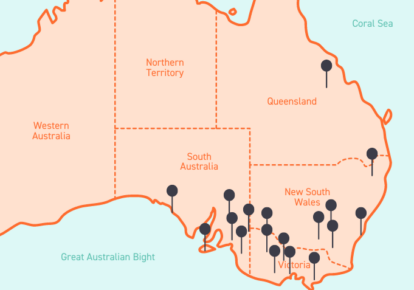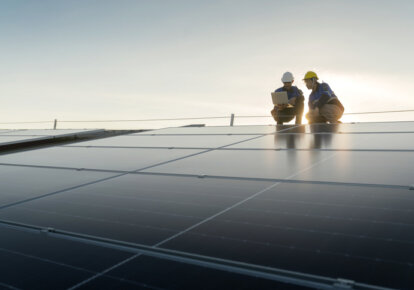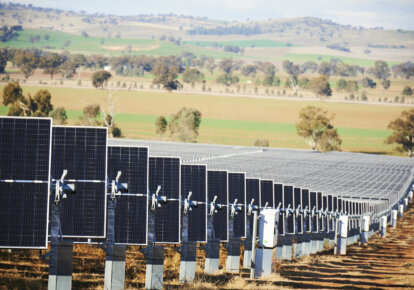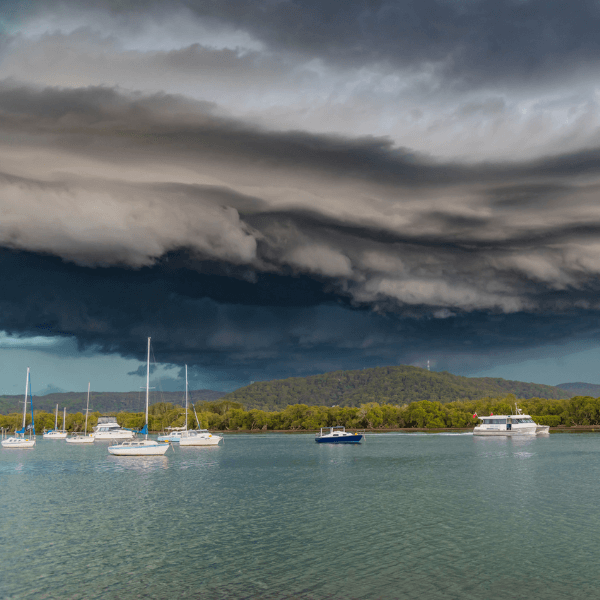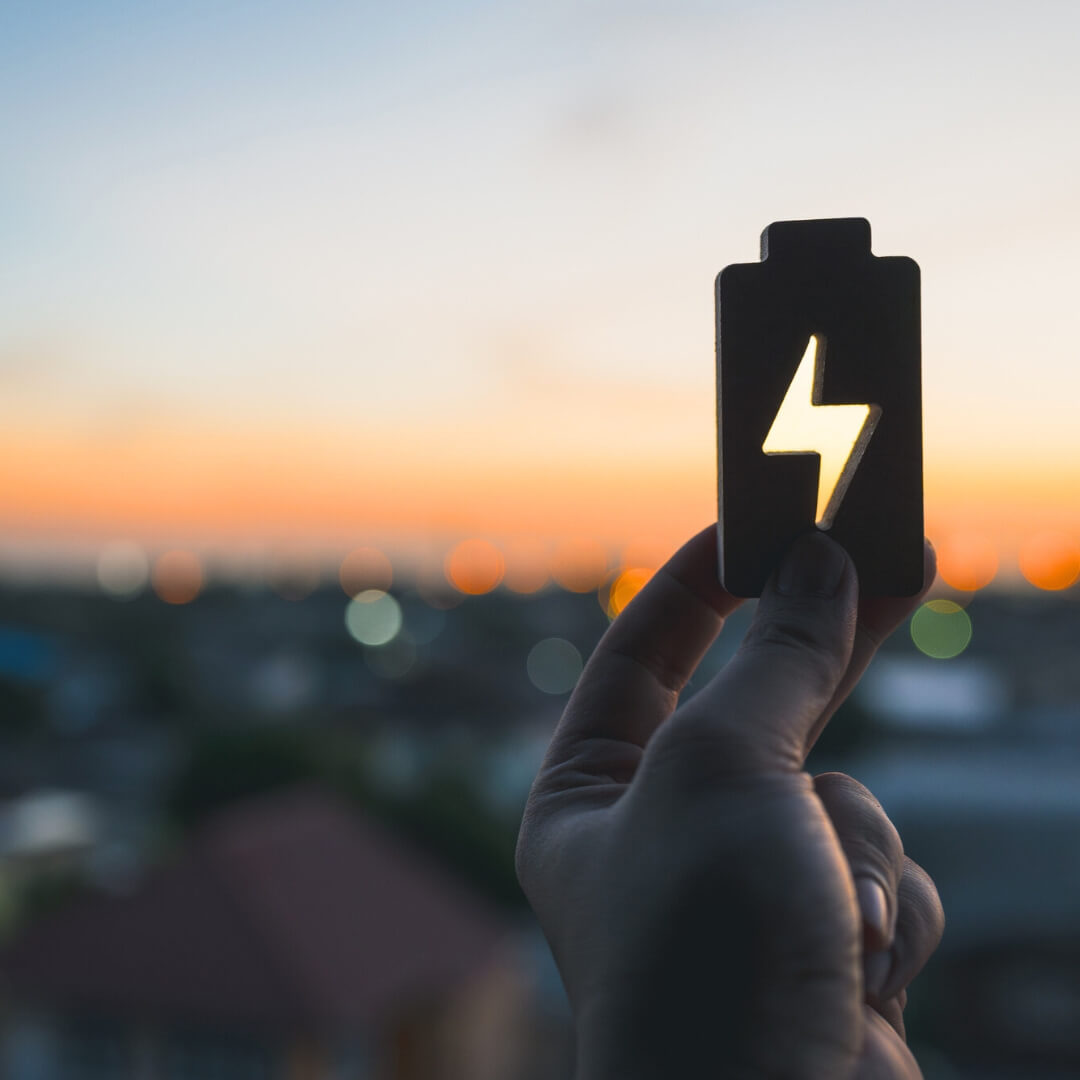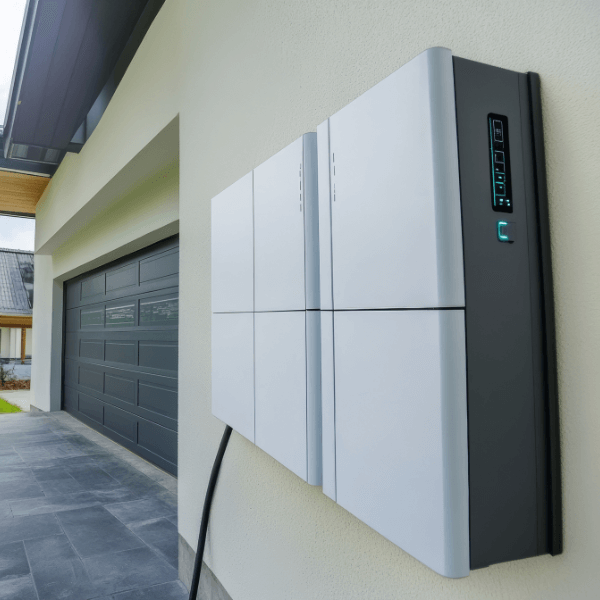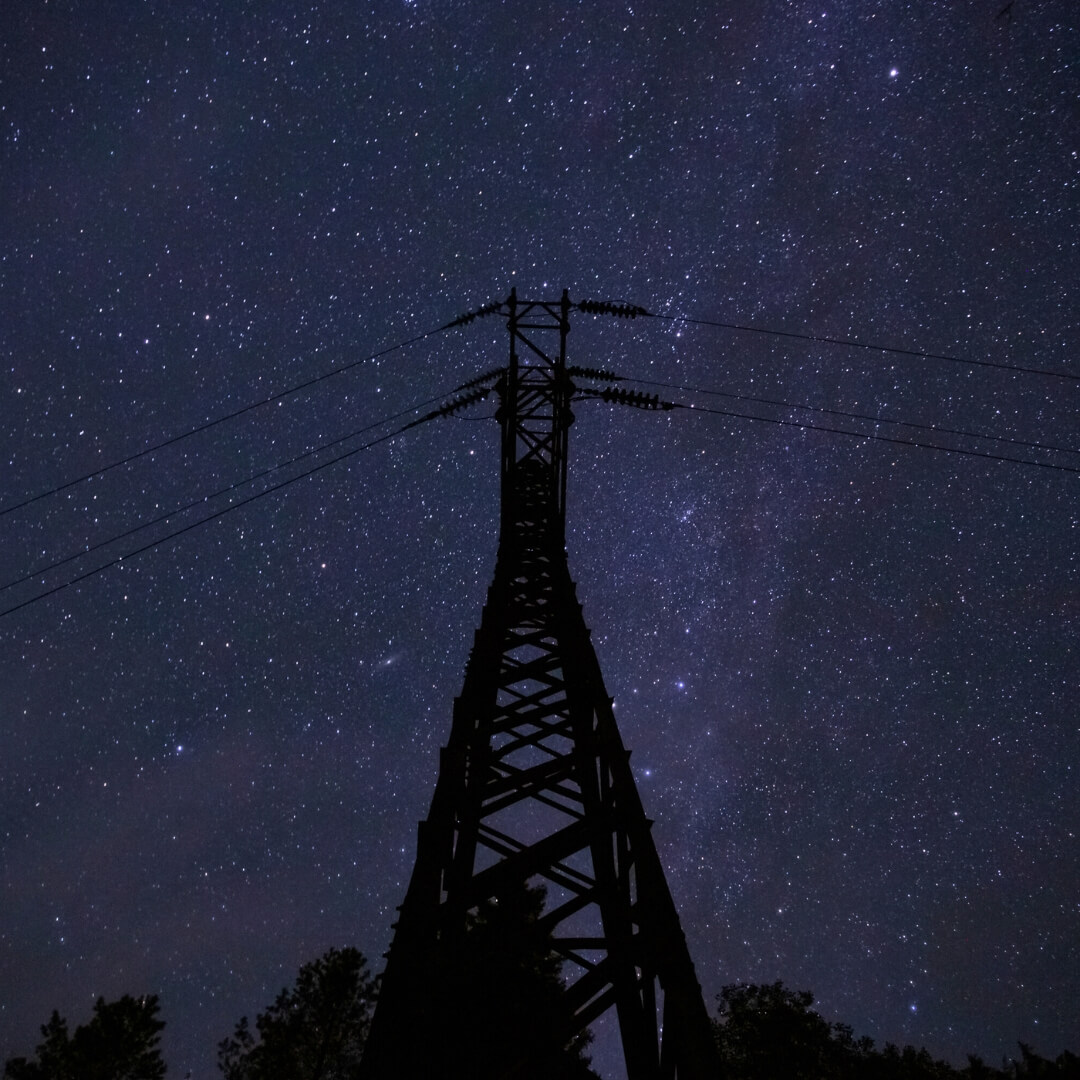Changes in weather can have a significant influence on the supply and demand of energy. With multiple news sources recently reporting on the Bureau of Meteorology (BOM) officially on “La Niña watch”, Flow Power’s energy data scientists have compiled this resource on weather events and their effect on energy.
Read on to learn about the El Niño–Southern Oscillation (ENSO), the difference between its two opposing weather patterns, La Niña and El Niño, the impact it has on energy providers and most importantly, what you as a consumer can do to minimise exposure to high energy prices related to weather events.
What is La Niña?
La Niña is the cool phase of El Niño–Southern Oscillation (ENSO) – a recurring climate pattern that takes place in the equatorial Pacific, where the ocean and the atmosphere combine to influence weather around the globe for a prolonged period – from months to even years.
The La Niña phase occurs when strong winds blow across the Pacific Ocean. The winds push warm surface water towards Asia and north of Australia, which generally brings significant rainfall and cooler than average maximum temperatures across most of the mainland. This typically results in a colder, wetter spring and early summer, particularly across the east and north of the country.
While a La Niña watch has been declared, it does not guarantee that a return to La Niña conditions will occur but rather, early signs allude to its development later in the year.
Historical records show that El Niño is often followed by La Niña, particularly if the El Niño is strong. If La Niña does develop this year, it would represent the 4th in 5 years – a frequency only seen twice since 1900.
How La Niña impacts Australian energy
The exact impact of a La Niña event is impossible to predict in advance and can depend on its severity. Mild La Niña conditions cause minimal impact on the weather, whereas strong La Niña’s can lead to flooding and other catastrophes associated with extreme energy events.
Generally, when a La Niña is in effect, we expect increased rainfall, cloud coverage and potentially greater than average wind speeds. This has varied effects on renewable generation – greater cloud coverage will reduce solar generation, although greater wind speeds will increase wind generation. Thermal generation is also impacted by increased rainfall as it can be difficult and more costly for wet coal to be mined and exported.
This has a mixed effect on the electricity market, dependent on weather conditions. Decreased solar output could result in higher wholesale electricity prices in the middle of the day, where we typically see lower prices thanks to solar generation. Reduced coal generation would result in elevated electricity prices during the morning and evening when there is typically less renewable generation and electricity demand is higher. Greater wind generation may lead to lower wholesale electricity prices during the evening and overnight, when we typically see more wind generation.
For consumers, La Niña conditions could have two main impacts:
- Firstly, due to higher cloud coverage, it could potentially result in lower rooftop solar yields. This means consumers with rooftop solar PV may have greater reliance on electricity sourced from the grid.
- Secondly, electricity demand is strongly driven by temperature. If La Niña delivers cooler weather conditions, it may lead to higher electricity demand in winter, as consumers turn on their heaters, and lower electricity demand in summer if consumers aren’t as reliant on their air conditioners.
La Niña’s impact on the wholesale electricity market
The exact impact on wholesale electricity prices is difficult to determine. Reduced solar generation could put upward pressure on prices, while any reduction in electricity demand for air conditioning could lower electricity prices. The balance of these two impacts will be easier to estimate as we get a better understanding of the severity of La Niña conditions.
In more extreme cases, La Niña can lead to serious weather conditions such as significantly increased rainfall, hail and flooding. These events can damage the distribution network and cause power outages, causing disruption for both consumers and the distributors managing the network.
What is El Niño?
The reverse conditions of La Niña, El Niño, occur when winds weaken, and warmer surface water builds up in the central Pacific. As a result, the heavy rainfall that usually occurs to the north of Australia moves towards America, resulting in much drier conditions in Australia.
The most recent El Niño declared in September last year, brought extreme weather that alternated between scorching heat and fatal floods. 2023 was confirmed to be the hottest year on record with almost every state and territory breaking an extreme weather record.
Since April, Australia has been in a “neutral” El Niño–Southern Oscillation (ENSO) which is predicted to remain until at least July this year.
It is important to note that while these climate drivers can influence the weather in Australia, they do not predicate strict outcomes. For example, it’s possible to have heavy rain during El Niño events, even though El Niño is typically indicative of dry conditions. Additionally, the sheer scale of Australia means that the local weather impact can be felt widely.
How El Niño impacts Australian energy
El Niño conditions can have a huge environmental impact causing droughts, floods, crop failures and food shortages.
The higher temperatures drive increased demand, as electricity consumers expend more energy cooling houses and businesses. These higher temperatures, particularly prolonged heat waves, and the associated higher electricity demand are often drivers of the most extreme events for the electricity system and market.
Additionally, higher temperatures are more likely to cause failures within the power system, increasing the likelihood of power station failures, and higher likelihood of bushfires which can disrupt the electricity network.
These more extreme conditions place greater strain on the electricity grid and typically results in higher wholesale electricity prices. Consumers may see elevated peak demand charges, and even experience blackouts if forced load shedding occurs.
How to take action against electricity price spikes
Although extreme weather conditions can lead to wholesale electricity price spikes, there are protective measures consumers can put in place to secure their energy supply and minimise exposure to high price events:
- Cut costs with demand response
- In Australia, utilising demand response is an increasingly popular strategy for large energy consumers. Demand response is simply adjusting your energy consumption in response to periods of high or low electricity demand on the National Electricity Market.
- High demand periods typically result in elevated prices, grid instability and an increased risk of blackouts in extreme conditions. By avoiding using energy during these periods and switching to an electricity plan with flexible pricing based on time of use, you could reduce your electricity costs. Learn more about demand response.
- Power down, get financially compensated with RERT
- The Reliability and Emergency Reserve Trader (RERT) is a mechanism set up by AEMO to help maintain power system reliability and reduce strain on the grid during periods of extreme electricity demand, such as heatwaves.
- Businesses eligible to participate in RERT are financially compensated for reducing their electricity consumption during these periods. You can check your RERT eligibility here.
- Reduce grid electricity consumption with battery storage
- Batteries can help businesses cut costs by storing energy when grid prices are low, typically when there’s lots of renewable energy generated. This stored energy can then be used when prices are high, helping businesses reduce usage from the grid during price spikes. This can be coupled with solar or installed as a standalone storage system.
- Reducing reliance on grid energy offers increased energy security, helping reduce energy bills while providing a reliable source of electricity in the case of extreme weather conditions causing power disruptions or elevated electricity demand.
Finding the long-term solution
Although there are many ways energy consumers can mitigate the impacts of climate events by changing the way they use energy, a more proactive approach is needed to combat the bigger issue at hand. A new study by the CSIRO shows that ENSO events, have become more frequent and intense due to climate change.
While the exact impact of climate change on these events is still unfolding with ongoing research, more work needs to be done to tackle the primary cause of the climate crisis – fossil-fueled pollution resulting from the use of coal, oil, and gas.
How making the switch to renewable energy can help
Renewable projects like solar and wind farms deliver clean electricity to the grid energy mix, helping minimise the emissions produced by fossil fuel generation. This is supported by the development of grid-scale battery projects, which can store excess renewable energy to be discharged as required.
As extreme energy and weather events become more frequent, the best way to mitigate the effect on your electricity bill is by capitalising on cleaner, cheaper renewable energy.
Future-proof your energy strategy with Flow Power
At Flow Power, our mission is to create the renewable energy future, so we’re building and investing in more clean energy projects to make this a reality. Speak to an energy specialist today to find the right solution for you.


